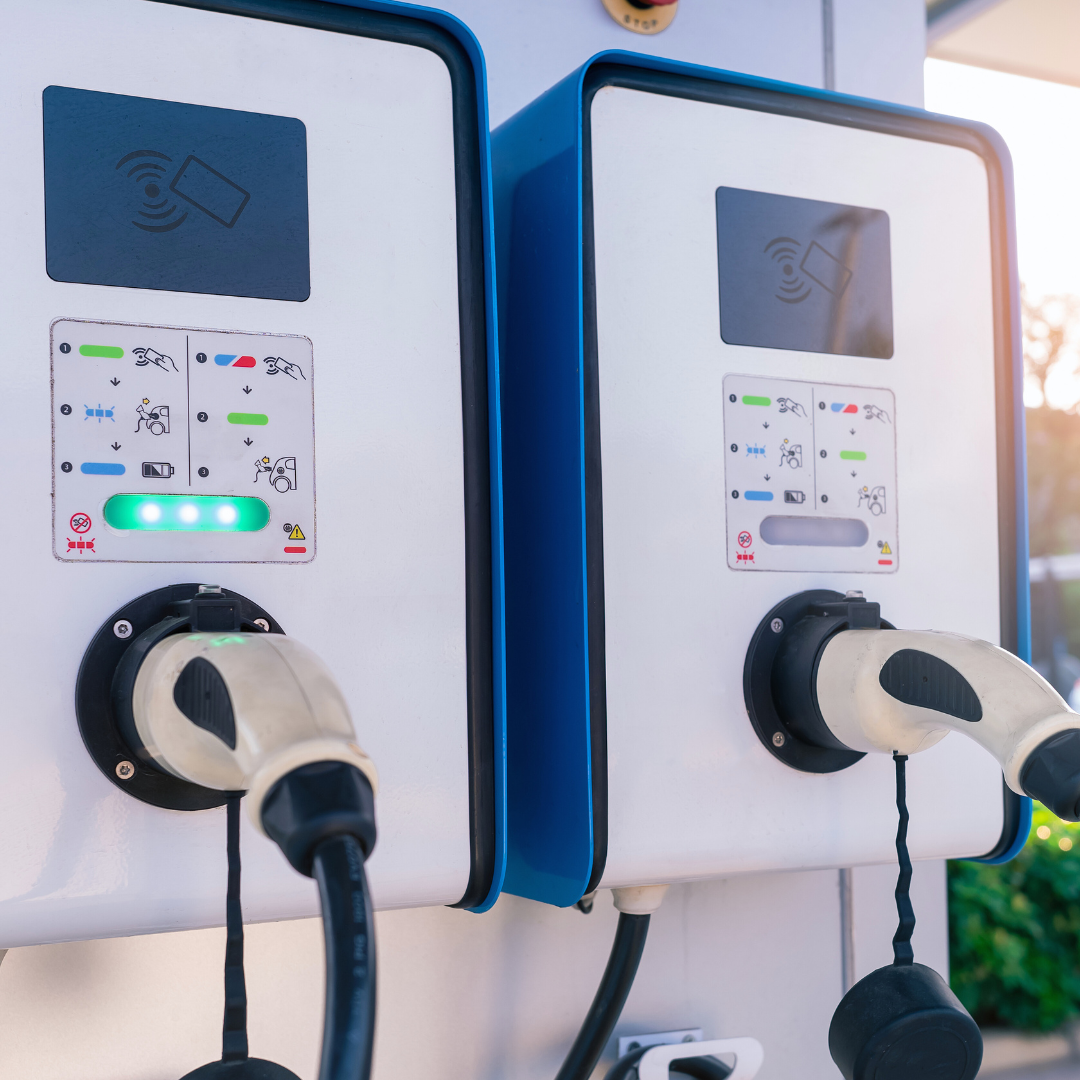Electric Car Battery Lifespan Tips: Maximize Performance and Durability

As electric vehicle (EV) adoption continues to rise, understanding how to extend the lifespan of an electric car battery has become essential. Proper maintenance and mindful usage can significantly enhance battery health, ultimately leading to a longer lifespan. This empowers drivers to maximize their investment and make the most out of their EV experience.
Several factors influence battery life, including charging habits, temperature exposure, and driving patterns. By implementing simple strategies, such as avoiding frequent fast charging and maintaining optimal temperature conditions, owners can improve their battery’s efficiency and longevity.
Staying informed about these aspects is crucial for anyone looking to optimize their electric vehicle’s performance. With the right approach, enhancing electric car battery lifespan is achievable, ensuring a reliable and sustainable driving experience.
Understanding Electric Vehicle Batteries
Electric vehicle batteries are crucial for performance and longevity. Two primary aspects to consider are the types of batteries used in electric cars and the role of battery management systems in optimizing their lifespan.
Types of EV Batteries
The most common type of battery in electric vehicles is the lithium-ion battery. These batteries are favored for their lightweight, high energy density, and ability to be recharged numerous times without significant degradation.
Different chemistries within lithium-ion include:
- Lithium Nickel Manganese Cobalt (NMC): Offers a balanced performance in range and longevity.
- Lithium Iron Phosphate (LFP): Known for thermal stability and safety, though with lower energy density.
Each type influences vehicle performance significantly, affecting range and charging times. Understanding these specifics helps consumers make informed decisions when purchasing an electric car.
Role of Battery Management Systems
Battery management systems (BMS) are vital in electric vehicles. They monitor and manage battery health, ensuring optimal performance and safety.
Key functions of a BMS include:
- Cell Balancing: Ensures that all battery cells charge and discharge evenly, improving lifespan.
- Temperature Management: Maintains ideal operating temperatures, preventing overheating and damage.
A well-designed BMS can enhance battery performance, helping to maximize range and efficiency while extending the overall life of the battery pack. Proper maintenance techniques further support the effectiveness of these systems.
Maximizing EV Battery Lifespan
To extend the lifespan of electric vehicle (EV) batteries, certain practices can be beneficial. These include optimal charging strategies, temperature management, and mindful driving habits. Each aspect plays a critical role in minimizing battery degradation and maintaining battery capacity.
Optimal Charging Practices
Charging an EV correctly is vital for enhancing battery longevity. It is advisable to charge the battery between 20% and 80% of its capacity. This practice helps minimize strain during charging cycles. Frequent fast charging may contribute to increased battery degradation, so regular use of slower chargers is encouraged when possible.
Using a charger that supports thermal management systems can help regulate battery temperature during charging. An effective charging speed is essential to avoid overheating. Avoid letting the battery drop to 0% or constantly reaching 100%, as both extremes can impact its health over time. Implementing these practices can lead to a more robust battery performance.
Charging stations are being installed across the country, helping electric vehicle owners to keep their cars charged for whatever length of their journey. Luckily, people can now get their cars charged at home with an EV charger installation. Electrician services New Orleans LA, and similar others, provide this service for those who require it.
Managing Extremes in Temperature
Temperature significantly affects EV battery performance and lifespan. Extreme temperatures, whether hot or cold, can lead to battery degradation. Keeping the vehicle in a garage or shaded area can help mitigate these effects.
In colder weather, battery capacity may temporarily decrease, affecting range. Conversely, high temperatures can accelerate chemical reactions within the battery, leading to faster degradation. Using thermal management systems, such as battery heaters or cooling systems, can preserve ideal operating temperatures, ensuring optimal performance.
Impact of Driving Habits
Driving habits also play a crucial role in battery health. Aggressive acceleration and frequent heavy braking can deplete the battery more quickly, reducing its lifespan. Practicing smooth acceleration helps conserve battery life.
Utilizing regenerative braking is an effective way to recharge the battery while driving. This feature converts kinetic energy back into stored energy, particularly beneficial in stop-and-go traffic. Adopting a more conservative driving style not only enhances efficiency but can lead to fewer charging cycles, ultimately benefiting the battery’s longevity.
Maintenance and Monitoring for Battery Health
Regular maintenance and monitoring are essential for maximizing electric car battery lifespan. A proactive approach can help ensure optimal performance and longevity. This section focuses on routine checks and the significance of software updates.
Routine Maintenance and Inspections
Routine maintenance involves several key components that affect battery health. Regular inspections can identify issues before they escalate. Checking the battery terminals for corrosion is important. Clean terminals ensure a good connection and efficient charging.
Tire maintenance is also crucial. Keeping tires properly inflated reduces drag, which can improve battery efficiency. Monitoring battery temperature is vital; extreme heat or cold can negatively impact performance.
Charging practices play a significant role in battery longevity. Using a Level 2 charger helps maintain optimal charge cycles. It’s advisable to avoid frequent fast charging, as this can stress the battery.
The Importance of Software Updates
Software updates are critical for optimal battery management. Manufacturers frequently release updates that improve battery performance and efficiency. Staying current with software ensures the vehicle performs at its best.
These updates can enhance features such as eco mode, which optimizes energy usage. They also help regulate battery temperature, preventing overheating and extending life.
Many warranties require regular software updates to maintain coverage. Neglecting updates could lead to reduced battery performance and void warranties. Adhering to this aspect is essential for both functionality and protection.
Understanding Battery Warranties and EV Range
Battery warranties are crucial for electric vehicle (EV) owners as they outline coverage for battery degradation. Understanding how warranties work and the factors influencing EV range can help consumers make informed decisions and maintain their vehicle’s efficiency.
EV Battery Warranty Explained
Most manufacturers, including Tesla, Kia, Nissan, and Hyundai, provide warranties for their EV batteries. Typically, these warranties cover a specific number of years or miles, often ranging from 8 years/100,000 miles to 10 years/150,000 miles.
For example, Tesla models usually offer a warranty based on battery capacity retention. If battery capacity drops below a certain percentage, a replacement may be provided.
It’s essential for owners to know the terms, such as the required maintenance and conditions under which the warranty remains valid. Keeping a battery’s state of charge within optimal levels and avoiding extreme temperatures can assist in maintaining warranty coverage.
Factors Influencing EV Range
EV range is determined by multiple factors, including battery capacity and environmental conditions. Higher capacity batteries can store more energy, leading to extended range.
External influences also play a role. High temperatures can affect battery performance and lead to faster degradation, while low temperatures can cause reduced range due to increased energy demands for heating.
Driving habits, such as acceleration and braking, significantly impact efficiency. For instance, aggressive driving may reduce the range, while consistent speeds help maintain it. Regular battery maintenance, such as software updates and proper charging habits, also enhances longevity and performance.



0 Comments